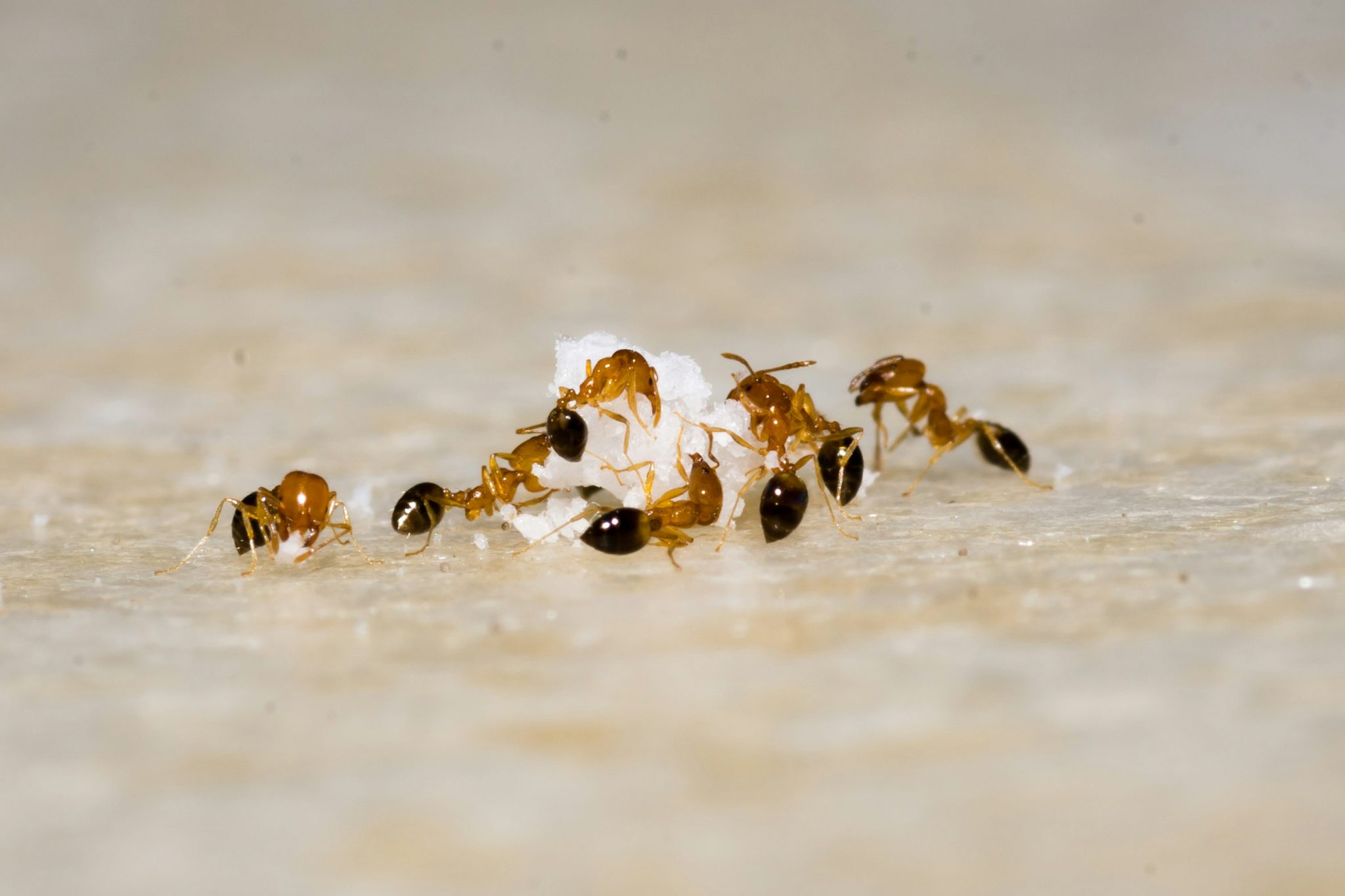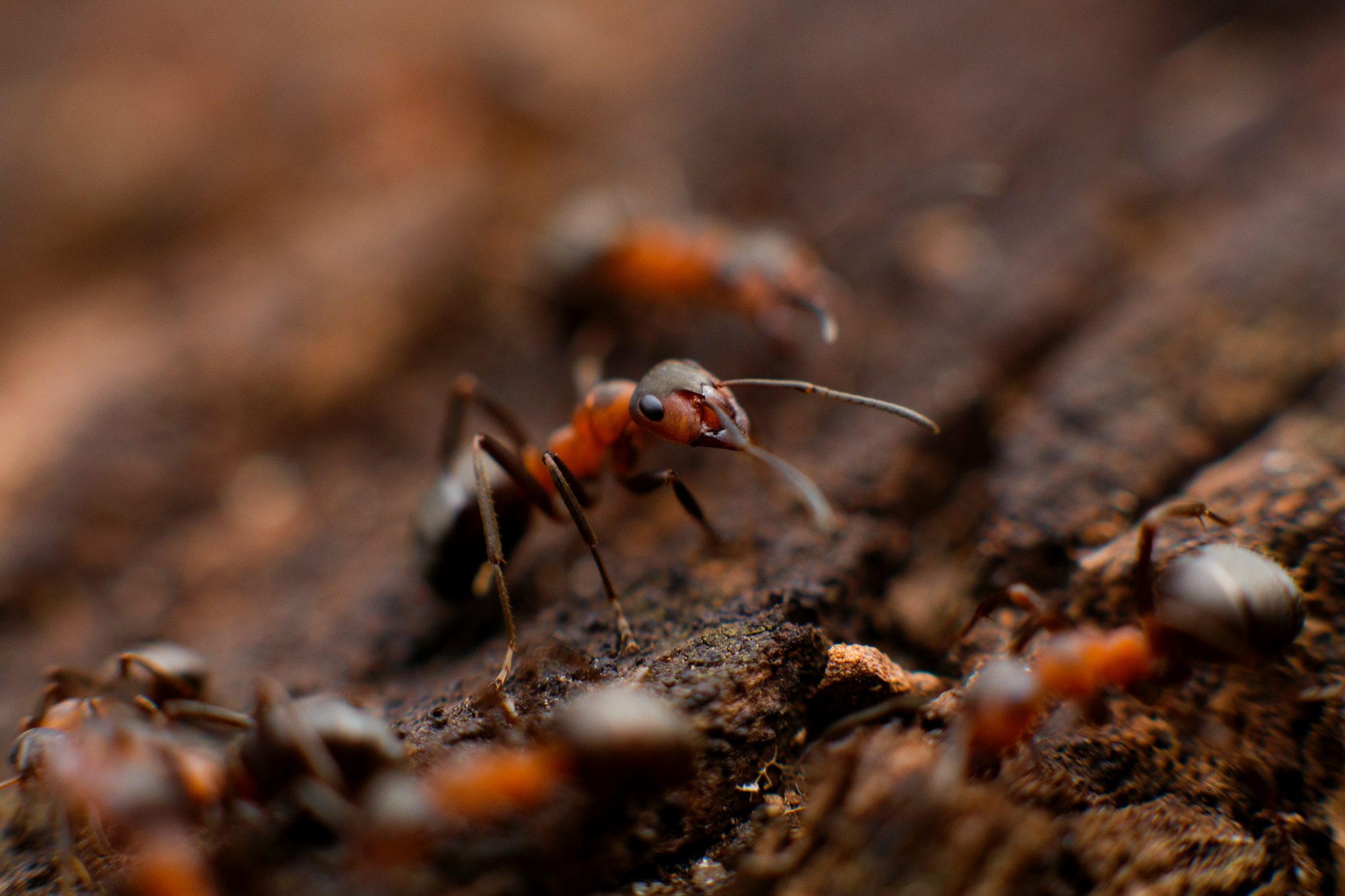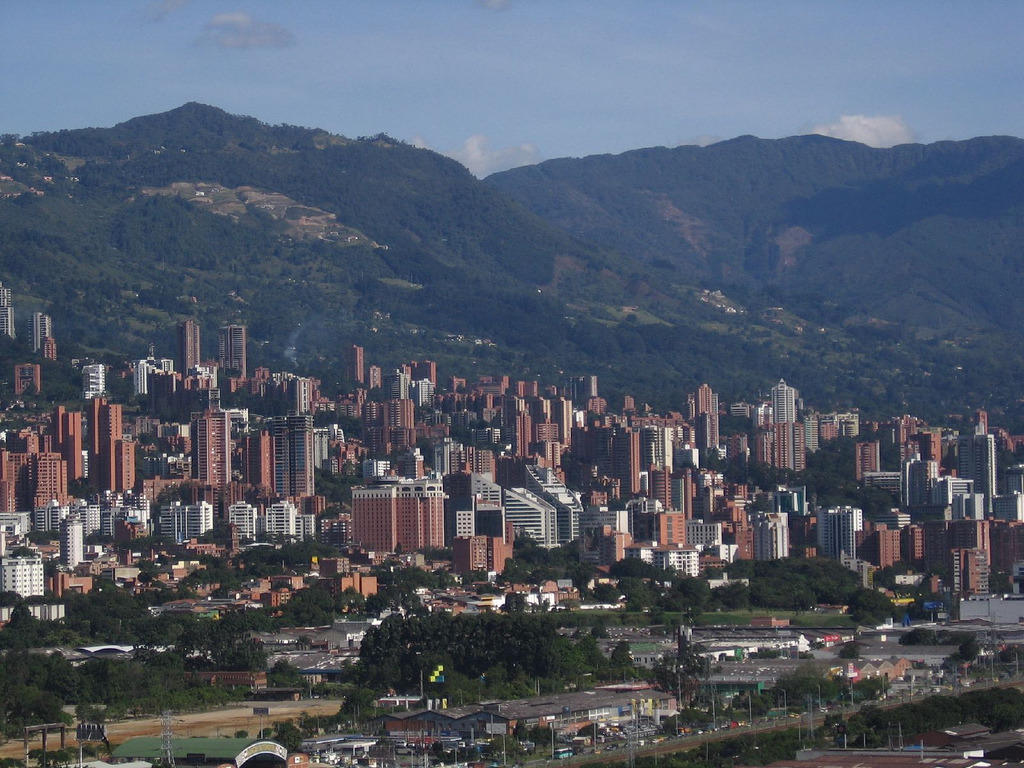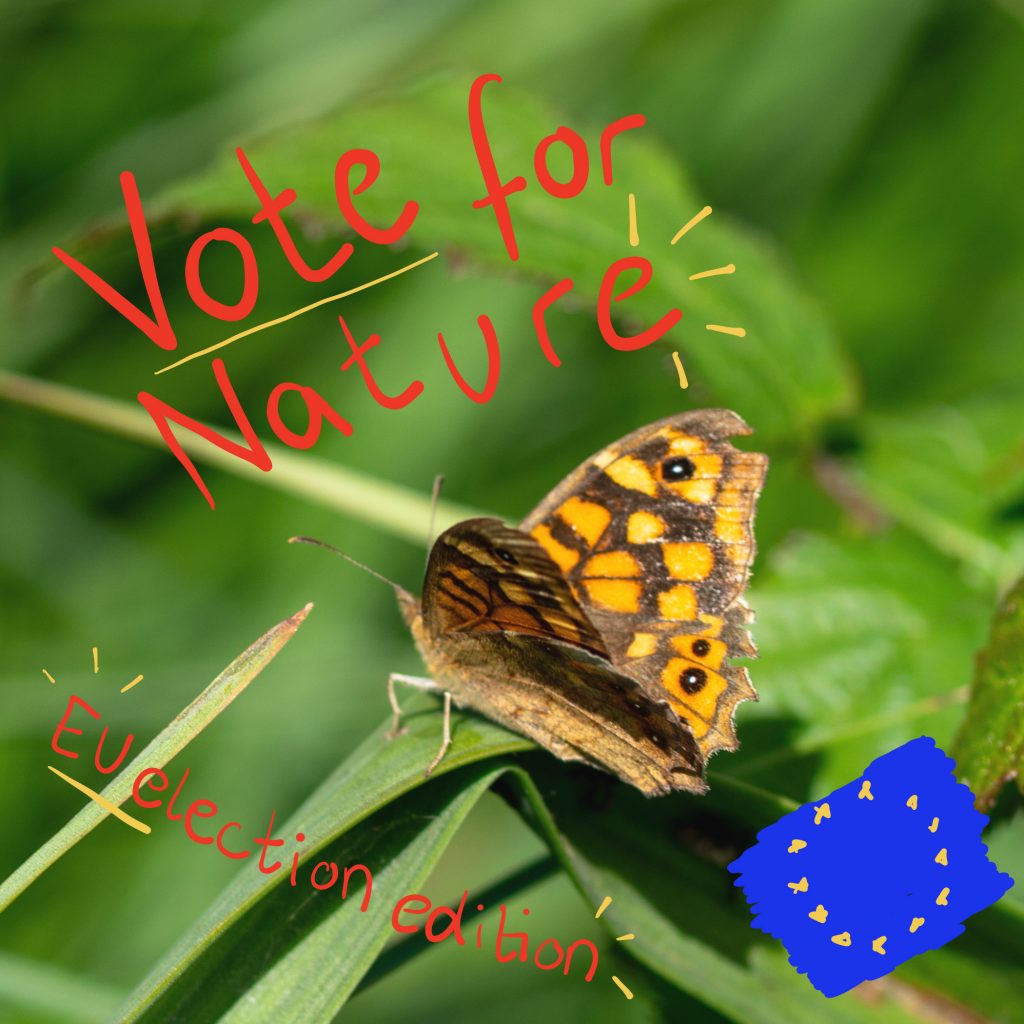Imagine you are walking in a green, lush forest and stumble across an anthill. There are literally thousands of ants crawling around, going in every possible direction – from their hill, to their hill and around their hill. But still: the colony of ants is working together and organizing a whole state without voting, discussing or having a central coordinator. So while every ant seems to make their own decision and move on its own path, the whole anthill works together incredibly well and every ant has its own task. This is the perfect example of a complex system.
How do ants work together? Every single one has its individual task – some are there solely for forging their hill, others searching food and some for breeding eggs. But even within their roles, ants communicate by pheromones – chemical messaging substances. Pheromones are for example spread by ants to signal the way to a good food source. More pheromones spread, more ants following the way to the source. If it runs out, there will be less pheromones, resulting in fewer ants following the path.
How do complex systems work?
Complex systems, like the human brain, artificial intelligence, whole ecosystems or finance markets, seem to be chaotic and impossible to understand at first glance. Ants are just one of many examples in wildlife for these complex systems. But complex systems can also entail some risks – since it is not easy to fix them after massive human intrusion causing a crossing of tipping points. But, to start: what are complex system’s characteristics?
Well, first of all, ants form a system that behaves differently than individuals would. A complex system is created when many small parts emerge to a higher system. Many parts together are dependent on each other, give each other feedback and are in constant exchange with each other. This is called emergence. The ant colony can be seen as a state that works as a unity – it has a common life cycle, moves as a whole, it constructs its own hill collectively and it adapts to its surroundings. One individual ant may be able to survive in the wild, but in their cooperation to form a state, they create a system that is able to cope with different influences from its environment.

That constant adaptation is already another feature: the complex system’s openness. It is in constant exchange with its environment and keeps adapting to it. Ants are able to adapt their pheromones to exploit multiple food sources at a time. In reaction to catastrophic events, they are even able to evacuate their hill, in case of flooding for instance.
The adaptivity of complex systems also includes a self-learning mechanism, where the ants are able to learn from past events for future adaptations – always interacting with their environment. This includes information on food. Ants are able to store information on different smells. By this, they are able to learn from experience. Has this certain smell led to a good food or even to a toxic one?
Complex systems are also characterized by their non-linearity or chaos. Non-linear behavior means different reactions to similar stimuli. Small changes in the surrounding environment can have enormous effects on how the system and its parts behave. There are thousands of ants in one colony, which makes it very hard to predict their overall reaction. Ants do not follow each other in a perfect line, they go left and right and crawl all over the place. This deviation from a straight organisation gives the colony more options: For instance, if one ant follows another one to a good food source, it could be even a tiny deviation on the way to find a shortcut towards that food or even another good source. Due to this deviation from a perfect order, where all ants follow each other in a straight line, the colony is able to try unlogic things and be more adaptive and creative than a perfectly organized system.
What are the risks of complex systems in nature?
A recent study in Science magazine has just revealed some ecosystem complexities and the ants role in it for the first time: due to an invasive ant species in Kenya displacing native ants, the ants were no longer inhabiting acacias to form a mutualism with the tree. The ants were literally living on the tree, feeding from its sweet nectar. In exchange, whenever a grazing animal approached the acacias, ants were coming out in thousands – making the tree a way less desirable target for animals. But after the displacement, acacias were not protected by thousands of ants anymore. As a consequence, elephants and other large grazers were feeding much more on those trees, also folding them over and destroying them. That resulted in a more open landscape in the Kenyan savannah. Ecologists were even able to track this down to the hunting behavior of lions. Because in a more open and vast landscape, these apex predators could not hide well enough any more to surprise their favorite prey: zebras. Instead, in comparison to other areas with native ants, lions started to change their hunting behavior, chasing more buffalos. The whole system got changed by the displacement of one species of tiny animals. It was impossible to foresee this surprising outcome from that small change. And due to its interconnectedness, even lions had to adapt to it. Incredible, how complex systems work, right?!
But besides being just a pretty spectacular mechanism that shapes our environment, this also shows: ecosystems in its original form should be protected. To keep the pretty narrow balance in our complex (eco-) systems, we should avoid putting irretrievable changes to ecosystems, crossing tipping points.
Rewilding does that by letting nature lead the path towards a natural way of native species interacting. Unlike classic nature conservation, where a linear goal is set to keep individuals of a certain species, rewilding embraces the chaos in complex systems. It just gives space to many natural components to interact in a way we can barely imagine or foresee. By doing so, we will still be able to witness crazy complex systems unfold – one ant-step at a time.






